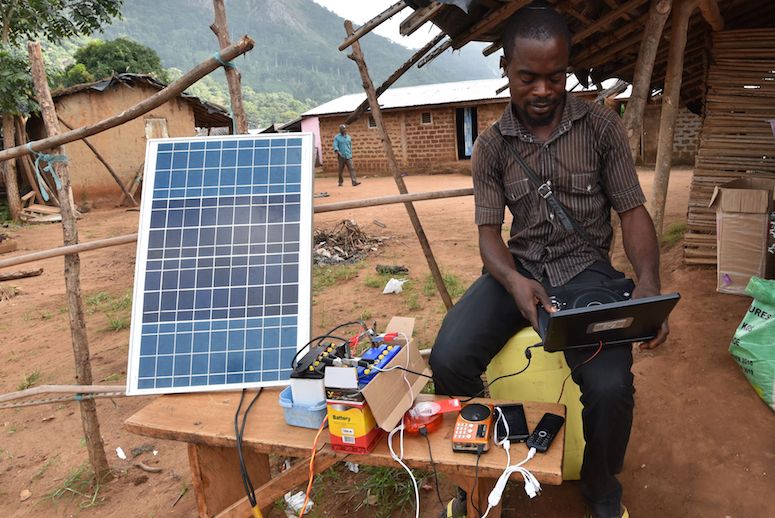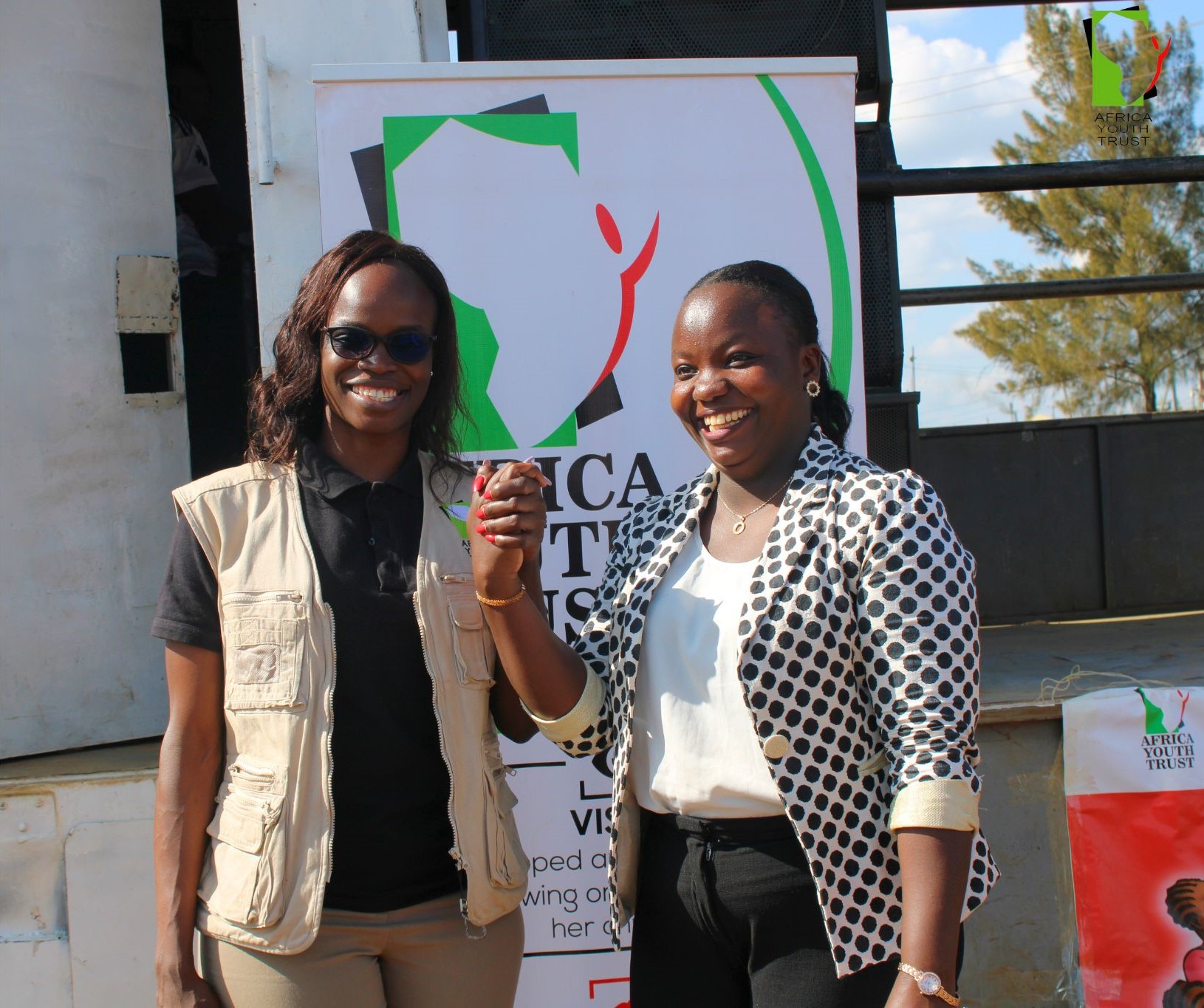FALSE: Photo does not show the drought situation in Embolioi, Kajiado County, in October 2022
The image has been used on different online platforms since 2017.
A Facebook post with an image claiming to show the impact of drought in Embolioi, a region in Kenya’s Kajiado County, in October 2022 is FALSE.
According to the caption of the 30 October 2022 post, cattle and families are dying due to hunger occasioned by the drought.

The image features emaciated cattle in Embolioi, some dead, allegedly due to the drought.
“Things are not better in Kenya. The drought has ravaged cattle & families are dying of hunger. This is harrowing image from a friend. The drought in Kenya is leaving no survivors, thousands of livestock & wildlife are perishing. This is Embolioi in Kajiado,” the post’s text reads.
While it is true that Kajiado is one of the counties hit by drought, the image under investigation is not of the current situation in the area.
We performed a reverse search on the image and established that it is old.
Search results show that the image has been used on online platforms such as Veterinaires Sans Frontieres (VSF) and Medan Wisata from as early as 2017.

A Google translation of the caption accompanying the image as published by VSF shows that the photo is credited to Prof. Dagmar Schoder, president of VSF Austria, who covered the impact of drought in the East African region in 2017.

This is not the first time the image has been wrongfully used online. PesaCheck previously debunked the photo, as seen here, here, and here.
PesaCheck has looked into a Facebook post with an image claiming to show the impact of drought in the Embolioi region of Kajiado County in October 2022, and finds it to be FALSE.
This post is part of an ongoing series of PesaCheck fact-checks examining content marked as potential misinformation on Facebook and other social media platforms.
By partnering with Facebook and similar social media platforms, third-party fact-checking organisations like PesaCheck are helping to sort fact from fiction. We do this by giving the public deeper insight and context to posts they see in their social media feeds.
Have you spotted what you think is fake or false information on Facebook? Here’s how you can report. And, here’s more information on PesaCheck’s methodology for fact-checking questionable content.
This fact-check was written by PesaCheck Fact-Checker Rodgers Omondi and edited by PesaCheck Senior Copy Editor Cédrick Irakoze and acting chief copy editor Francis Mwaniki.
The article was approved for publication by PesaCheck managing editor Doreen Wainainah.







